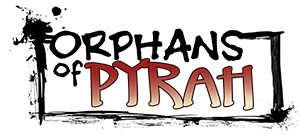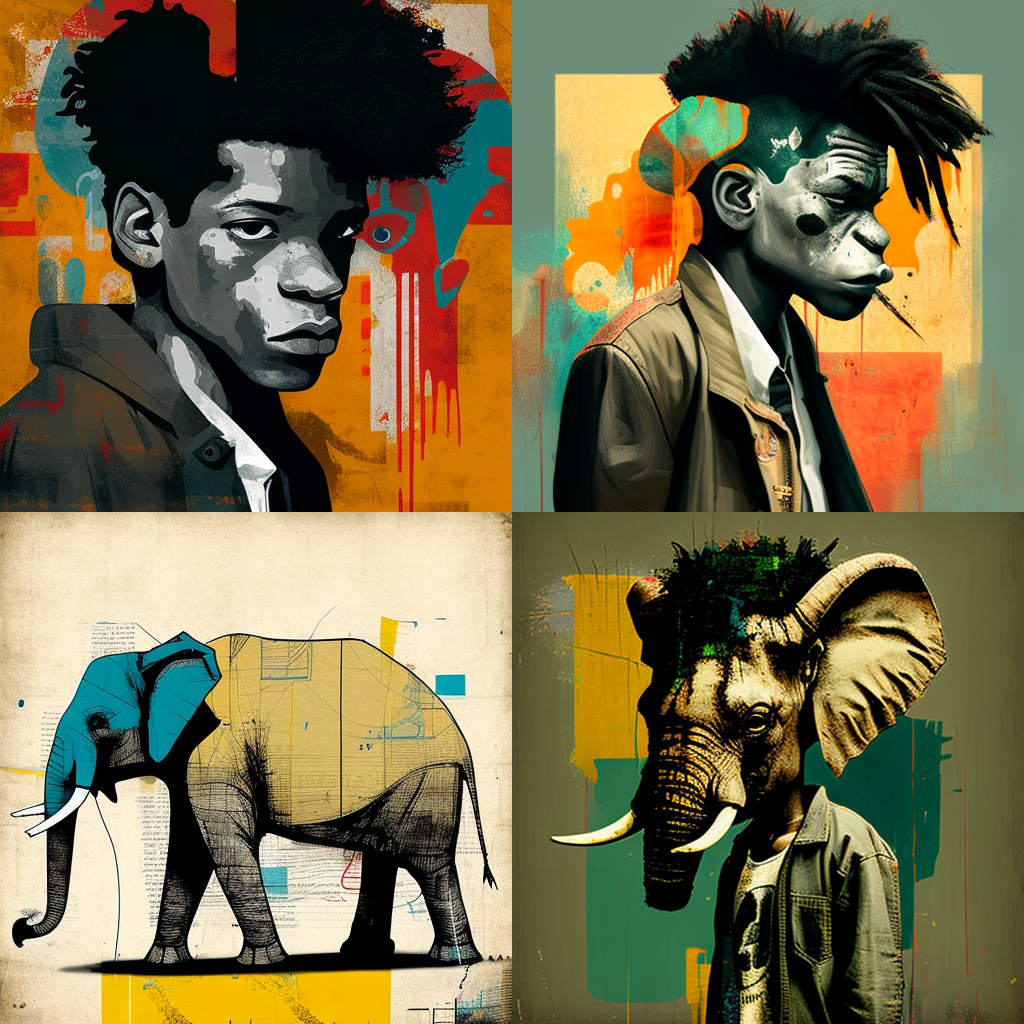In the world of AI-generated images, DALL-E 2 and MidJourney are two text-to-image generators that use artificial intelligence to create pictures from textual descriptions. We’re taking a look at MidJourney and its pricing.
We’re going to skip over registering for the beta and getting set up in Discord (which is needed to work with Discord). After all that, you really only need to know one command to get started creating images in MidJourney, and that’s “/imagine”. From here, you type in a prompt – a text description of what you’d like MidJourney to create.

You can also add parameters and modifiers to change things like aspect ratio, quality level, or amount of variation between the four images it generates in each pass.
The images are numbered 1-4 from top-left to lower-right, and after the image is generated you can select to UPSCALE the image you like, or create additional VARIATIONS on one of the images. Variations will create four new images based on the one that you selected and use the same prompt as the original.
Version 4 of MidJourney allows for dozens more art styles that the AI can make use of as an additional modifier. You can specify it to be Watercolor, Pixel Art, Japanese Ink, etc.
This is also one of the most controversial aspects of AI-generated art as well because MidJourney can also attempt to create art in the style of a particular artist – like Basquiat, Picasso, or trending on ArtStation. What it creates is still original art by legal standards (currently), but you can see the implications for artists with a signature style (like Metal Gear Solid artist Yoji Shinkawa, or artists at Studio Ghibli).
MidJourney is subscription-based with two mainstream plans. The free trial only lets you generate 25 images. If you only plan to play with the service for a few hours, then the Basic plan for $10 is probably ok because that’s about how long it’ll take you to use up the 200 GPU minutes/month in that plan. However, the Standard plan is $30 per/month and gives you 15 hrs of dedicated GPU minutes and unlimited “relaxed” mode renders – which just means you’re in a queue with others in the same Discord chat room. They also have a $600 annual Corporate plan, and that’s best if you wanted to go all in all the time.
There’s so much that can be done with MidJourney, but it depends on the prompts you use. When it comes to wording your prompts, it seems better to use shorter, more specific prompts that generate a greater variety of images, as opposed to word-vomiting ultra-specific prompts like most amateurs. Start simple and play with some of the parameters to get more and more interesting images.












Amazing .- I had no idea this could be done!
Greetings MSR,
You hear people talking about AI this and AI that, but this is just the tip of an iceberg… there are also voice simulators, writing AI, avatar creators, digital doubles, etc. There is a war for AI going on behind-the-scenes (Microsoft, Google, Apple, and others, etc). I see good and bad coming out of all of this, so I wanted to make myself (and others) more aware. It’s why I’ve taken some time to start exploring, getting a better understanding, and sharing it here.
Hi Salaam!
I am truly amazed at the capabilities of modern technology. I’m still trying to wrap my mind around the process of the computer taking words and text prompts and turning it into an actual image. I also wonder about the legal issues that could arise from this. I see you had mentioned that the AI creates original art by legal standards (currently, at least), but I can’t help but assume that similar- if not duplicate images- could possibly be produced to different artists who are working toward the same inspiration. And would the AI program legally claim ownership of the artwork, or at least an aspect of it? This is all really intriguing!
– Lauren 🙂
Greetings Lauren,
I agree with you on the legal complexity. One of the things I’m just opting NOT to do is name an artist for their style when generating art. Instead, I use prompts that describe the techniques, medium, or effect I’m looking for (like “pastel drawing”, “double exposure”, “paper quilting”, or “typography art”). I’m also staying away from using celebrities as source images.
I don’t claim to be an expert, but apparently, each of the AI systems out there (DALL-E2, MidJourney, Stable Diffusion, Cariyon, Deep AI, Starry AI, Pixray, etc) have an inherent amount of variation built into them that makes the art they create unique. Even if you feed them the same image, request the same prompt, or just tell them to copy the picture – they never create the same image. I think there’s lots of potential. Ultimately though, I think the legality of it all will eventually make its way to the Supreme Court… and chaos until then.
Hi Salaam!
I find this really intriguing. It’s wonderful that the modern technology has advanced to the level where also art is created and represented.in such an outstanding way. I can only imagine the possibilities and advancements of AI in the future.